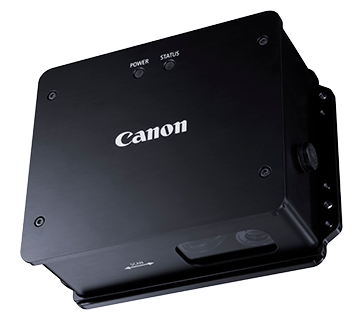It covers a wide range of products, including steel, paper, wire rods, housing materials, textiles, food products (chocolate, cheese, etc.), concrete, asphalt, and pedestrian crossings.
However, the measurement accuracy varies depending on the surface condition of the object. We recommend that you conduct a demonstration in advance.

